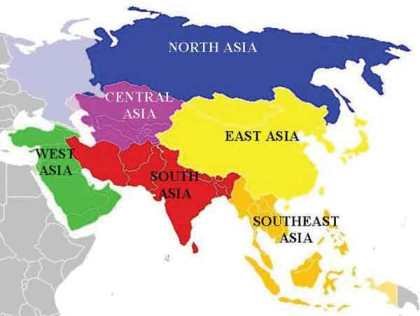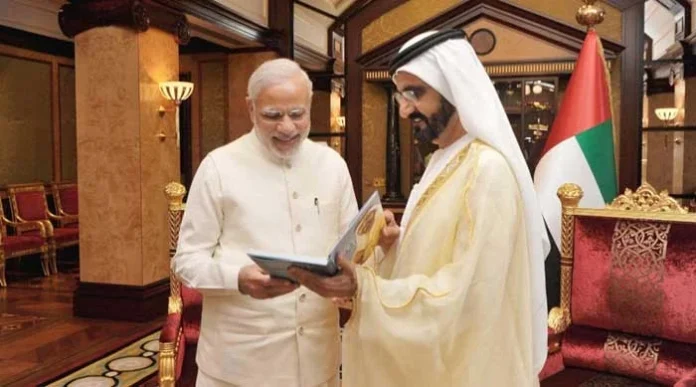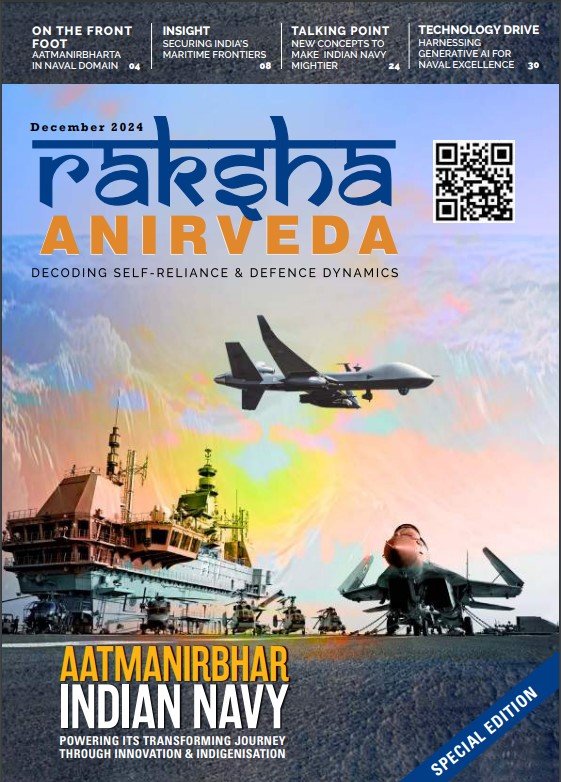In foreign affairs conducting diplomacy is said to be doing the art of the possible. It denotes that through negotiations and mutual consultations even the toughest of problems can be solved. In that context the future of India and West Asia appears promising. Before delving deep into the future prospects and possibilities of India and West Asia ties it is necessary to give a brief background.
India and West Asia have enjoyed historically and culturally vibrant ties. West Asia is said to fall in India’s extended neighbourhood. This region has played a crucial role in the evolution of India as a multicultural and multiethnic country thanks to Persian and Turkish influences right from the early 9th century when thousands of Persians who followed the Zoroastrians migrated to India to escape the wrath of the Arab Empire that was being built by the establishers of the caliphate institution (Kissinger, 2015).
Further starting from the 11th century onwards, people of Turkish origin hailing from what now is central and Western Asia started arriving. That led to the development of a distinct Indo-Islamic interaction with the growth of a syncretised culture. West Asia also had a distinct imprint on the history of the independence struggle in India. This is evident from the Khilafat movement in which the Indian Muslims took an active participation to demand the victorious Allied powers restore the position of the caliph with all his authority intact (Nehru et al., 2010).
Having said that, over the years, West Asia has figured prominently in the geopolitics and strategic considerations of India. Let’s understand the future of India and West Asia from different perspectives.
Commerce and trade
This is perhaps the most important area where the future of India and West Asia countries will be crucially determined. West Asia at present figures prominently on the commercial and trade map of India. India is economically deeply integrated with West Asia. UAE is the third largest trade partner of India, also other countries like Bahrain, Saudi Arabia, Oman etc is important from the point of view of export and import of key commodities like oil, petroleum products, engineering goods etc. A major part of Indian expatriates live in West Asia particularly in the Gulf countries and send mammoth amounts of foreign exchange so much so much that Kerala has the distinction of being the largest receiving state with regard to remittances received from the Gulf.
Looking at the Gulf, trade and commerce looks extremely promising. India and UAE have already signed a free trade agreement which is expected to bolster bilateral trade to some $100 billion over five years from the present $60 billion. India is aggressively renegotiating trade pacts with other countries and there is no doubt that India would do so with Saudi Arabia, Oman and Bahrain etc. Going forward, a crucial scope in the future of the trade aspects of India-West Asia ties is in the domain of education. India is one of the sought after destinations for students of West Asia when it comes to higher education particularly management and engineering. Indian institutions like the IITs, IIMs etc have been much in demand. Also India has one of the fastest growing ed-tech sectors. Companies like Byjus, Vedantu etc. are aggressively expanding their global footprint and West Asia may become a strong potential future destination.
Security
One of the most important areas which hold strong potential for India-West Asia relations is in the domain of security. Not just external but also for internal security. West Asia has been one of the most terrorism afflicted regions in the world. Countries like Yemen, Syria have been the worst affected by terrorism. Also Saudi Arabia, Israel experience routine attacks either for radical or for strategic reasons. Hence security is the absolute necessity for both West Asia and India.
For the future, India can collaborate in a mutual security and military pact with countries like Israel, Saudi Arabia, Bahrain, Turkey etc; this will be like a true West Asia NATO. The pact must focus on common intelligence sharing, counterterrorism operations, joint armed forces exercises to promote synergy and esprit de corps.
The areas of cooperation would be artificial intelligence and cyberspace. When the domains of warfare have changed which is evident from the increasing use of drones to target critical infrastructure facilities in Saudi Arabia by the Houthi rebels of Yemen so cooperation on security must focus on developing new defences. In the context of security, India and West Asian countries can focus on developing a safe and open skies treaty which would be protected by air assets of the signatory countries.
Sustainable development
 Having written about security particularly traditional security, it is necessary to note the non traditional sources of security- mitigating climate change and moving on the path of sustainable development endorsed by the United Nations. The 26th Conference of Parties (COP) held at Glasgow, Scotland provided an excellent platform to pledge working together on promoting sustainable development. Both India and Saudi Arabia have signalled that they would become carbon neutral by 2070. Similar pledges were made by other West Asian countries.
Having written about security particularly traditional security, it is necessary to note the non traditional sources of security- mitigating climate change and moving on the path of sustainable development endorsed by the United Nations. The 26th Conference of Parties (COP) held at Glasgow, Scotland provided an excellent platform to pledge working together on promoting sustainable development. Both India and Saudi Arabia have signalled that they would become carbon neutral by 2070. Similar pledges were made by other West Asian countries.
Therefore, for the future India and West Asian countries can collaborate together on the issue of climate change. A regional sustainable development treaty under the aegis of the newly formed I2U2 grouping could be signed by expanding the membership of the grouping to include as many West Asian countries as possible.
For the future, India can collaborate in a mutual security and military pact with countries like Israel, Saudi Arabia, Bahrain, Turkey etc; this will be like a true West Asia NATO. The pact must focus on common intelligence sharing, counterterrorism operations, joint armed forces exercises to promote synergy and esprit de corps
A crucial area of cooperation is increasing use of alternative sources of energy. In this context, the future lies in electric vehicles and solar energy. Having realised that the hegemony of petro-diplomacy will no longer work, the West Asian countries are slowly diversifying their sources of clean energy. The Saudi Vision 2030 is a case in point. Being one of the leaders in the production and use of green energy India is aggressively pitching itself as a reliable country. In the future India can increase its investments in clean sources of energy like solar panels, electric vehicles in West Asian countries manifold.
People to people ties
India and West Asian countries share deep civilisational ties which date back several centuries. A game changer for the future of people to people as far as India and West Asian countries are concerned is the possibility of Abraham Accords 2.0 being signed between Israel and Saudi Arabia and Iran etc which would perhaps ensure a permanent peace in West Asia as the regional rivalry between Saudis and Iranians would not only end but it would signal the unity of religions- Judaism and Islam living in harmony.
For the purpose of promoting regional peace and prosperity this can be the possible step forward in India-West Asia ties.
Conclusion
As India celebrates the 75th year of its independence the ‘Amrit Kaal’ of India’s moment has arrived. It is time we as citizens of India take a pledge to develop the ties with our West Asian brethren to its fullest; transcending cultural, ethnic, religious and other boundaries.
– The writer is currently working as a Research Associate at Defence Research and Studies (dras.in) and is a columnist. The views expressed are personal and do not necessarily reflect the views of Raksha Anirveda
–The writer is currently working as a Research Associate at Defence Research and Studies (dras.in) and is a columnist. The views expressed are personal and do not necessarily reflect the views of Raksha Anirveda






